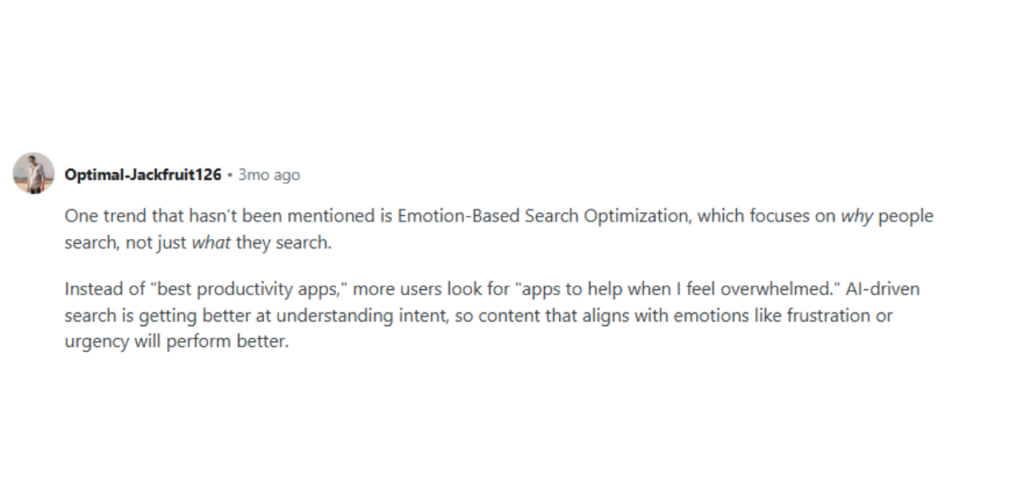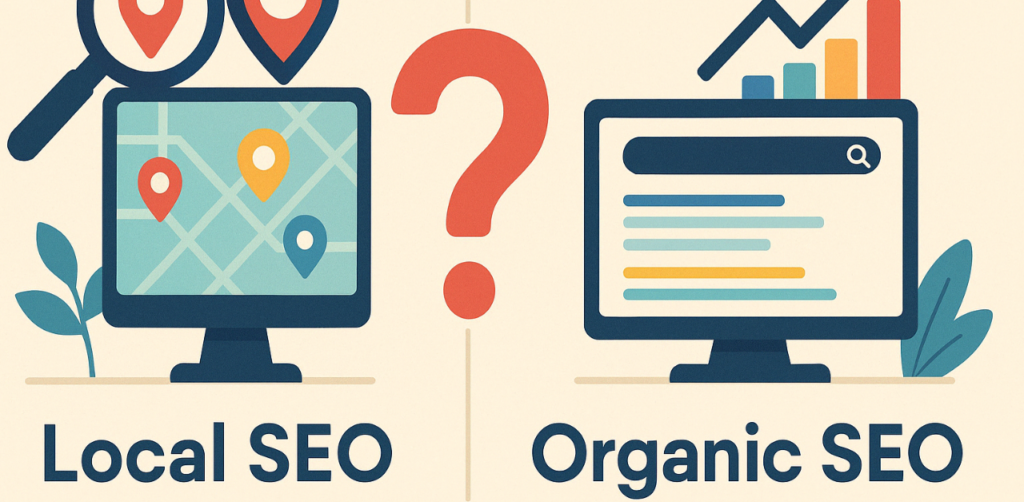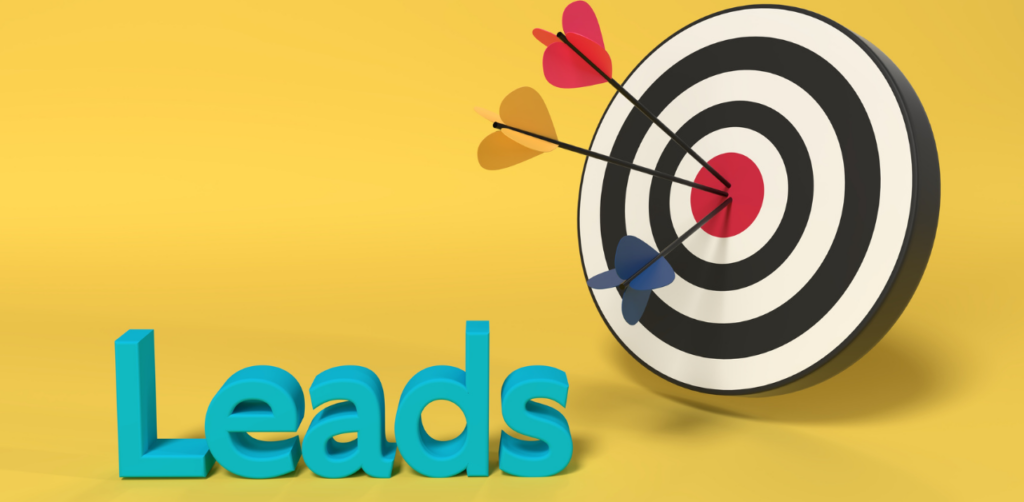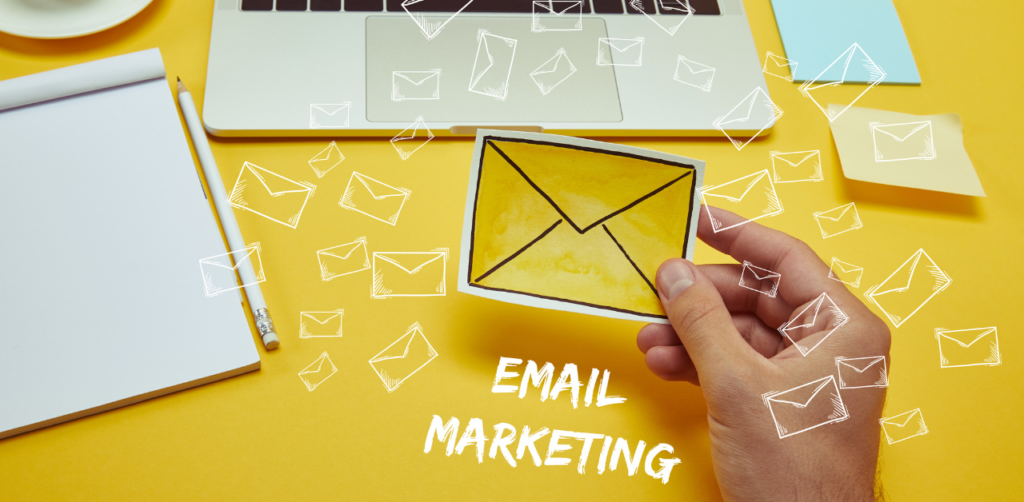The top 5 ways to craft engaging content that converts and drives results:
- Understand your audience deeply
- Tell a compelling story
- Diversify your content formats
- Incorporate clear calls-to-action (CTAs)
- Analyze and optimize performance
Grabbing attention and getting real results isn’t about posting more—it’s about posting smarter. Creating content that actually works is the heart of a strong content marketing strategy. To see real results, you need to know what drives your audience and how to deliver what they’re looking for.
A Reddit user pointed out a rising trend in content marketing called Emotion-Based Search Optimization. This approach emphasizes understanding the emotional reasons behind a search, not just the keywords. For example, people are increasingly searching based on their feelings—like looking for tools to manage stress rather than searching for the “best” apps. As AI improves at interpreting user intent, emotionally resonant content is becoming more effective.

This blog post highlights 5 ways to craft engaging content that converts and drives results. You’ll learn how to connect with your target audience, shape content around their needs, and use proven tactics like storytelling, diverse formats, and clear calls to action. We’ll also discuss how to measure what’s working and how to tweak your approach for even better results.
1. Understand Your Audience Deeply
If you don’t know who you’re writing for, your content won’t stick. Start by creating detailed buyer personas. These aren’t just job titles — they include demographics, challenges, habits, values, and preferred content formats. Knowing your audience helps you write for real people, not just clicks. Here are strategies to gather insights:
- Use analytics tools like Google Analytics to review audience demographics, bounce rates, and content performance.
- Conduct surveys and polls directly on your site or social media.
- Study search behavior using keyword research platforms (e.g., Semrush, Ahrefs).
- Monitor social conversations and customer testimonials to hear the language your audience uses.
Understanding what matters to your audience allows you to deliver relevant content that answers their questions and solves their problems—which is exactly what drives more organic traffic and click-through rates.
2. Tell a Compelling Story

People don’t remember facts; they remember stories. Brand storytelling creates emotional hooks that stick. You can still include facts but wrap them in real-life experiences, customer journeys, or personal stories. This builds trust and keeps users engaged longer.
Consider these formats:
- Customer success stories show how your solution solved a particular problem.
- Behind-the-scenes blog posts revealing your brand’s “why.”
- User-generated content that showcases authentic interactions.
Storytelling humanizes your brand and makes your content creation stand out. It helps people care, which boosts engagement and conversion rates.
3. Diversify Your Content Formats
Diversifying your content not only increases reach — it keeps your message fresh. Here are the high-performing content types:
- Video content for quick tutorials, product demos, or brand intros.
- Interactive content like polls, quizzes, or ROI calculators.
- Interactive infographics to present data visually and simply.
- Educational content like how-to guides or webinars that offer in-depth insights.
Creating content using varied formats also improves accessibility and encourages users to spend more time on your page, boosting website traffic and signaling value to search engines.
4. Incorporate Clear Calls-to-Action (CTAs)
Without direction, even the most engaging content can fail to convert. CTAs guide users to the next step — whether it’s signing up, booking a demo, or downloading a resource. But they need to be natural and specific. Best practices include:
- Align CTAs with the buyer’s journey — don’t ask for a purchase too early.
- Use action-driven language: “Get the guide,” “Try it free,” “Book a consultation.”
- Test button color, placement, and phrasing for best performance.
If your content educates and adds value, the CTA feels helpful — not pushy.
5. Analyze and Optimize Performance

Creating content is just the beginning. What you do after publishing matters even more. Track your content’s performance using tools like Google Analytics, Hotjar, and social media insights. Look at:
- Conversion rates
- Engagement time
- Scroll depth
- Click through rates
- Top-performing blog posts
From there, refine and optimize:
- Update old posts with new stats or relevant keywords
- Improve meta titles, meta descriptions, and headers for better SEO
- Replace weak CTAs with clearer ones
- Test headlines with A/B testing platforms
Continual analysis helps your content evolve alongside your audience.
How Do I Structure Content to Increase Readability?
Good content is easy to scan. Most users skim, so you must write for them — not just for Google. Here are quick tips you must consider:
- Use short paragraphs and bullet points
- Write attention-grabbing headlines
- Keep language simple and active
- Use subheadings to break content into sections
- Highlight key points in bold or lists
Clear structure means your message lands faster — and sticks longer.
What Types of Content Are Most Effective for Driving Conversions?
The types of content that drive conversions are:
1. Customer Testimonials and Case Studies
Real-life experiences build trust. Sharing customer success stories or detailed case studies shows how your product or service solves a particular problem. These are especially effective in the decision stage, where trust and proof matter most.
- Use quotes and metrics from actual customers.
- Keep the focus on outcomes tied to business goals.
2. Product and Service Landing Pages
Dedicated landing pages that focus on one offering convert better than generic ones. They should be optimized with relevant keywords, clear call-to-action (CTA) buttons, and compelling headlines.
- Add visuals like interactive infographics or product demos.
- Use Google Analytics to test what layout gets the most clicks.
3. Educational Content (Blog Posts, Guides, Tutorials)
Content that helps your audience solve a problem or learn something new builds authority and keeps them returning.
- Answer questions your audience is searching for.
- Identify relevant keywords using keyword research tools.
- Include links to other helpful content and calls to action.
4. Video Content
Short videos that explain your product, show how it works, or tell a customer story to grab attention and are easy to share. Interactive videos also help boost engagement and time on-site.
- Keep videos under two minutes when possible.
- Include captions and a clear CTA at the end.
5. Interactive Content
Quizzes, calculators, and assessments can improve conversion rates by offering personalized results or suggestions.
- Create interactive content that speaks to specific pain points.
- Gather insights from user responses to inform your content strategy.
6. Email Marketing Content
Well-targeted emails drive repeat visits and conversions. Personalized messages, product recommendations, and limited-time offers work well when based on user behavior.
How Does Storytelling Enhance Content Engagement and Conversions?
Storytelling helps content feel human. Instead of just listing facts, it presents information through real-life situations, emotions, and relatable challenges. This makes people pay attention, stay longer, and connect with the message on a personal level.
When content includes customer success stories, personal stories, or brand storytelling—it’s easier for the audience to see themselves in the narrative. This builds trust and helps them understand how a product or service can solve their particular problem. It also makes content more memorable and shareable.
Stories can guide people through the buyer’s journey by answering questions and addressing pain points. They provide context that facts alone can’t. When storytelling is combined with strong content strategy—such as using relevant keywords, writing attention-grabbing headlines, and including calls to action—it drives conversions.
According to a Content Marketing Institute report, 75% of top-performing marketers use storytelling as part of their content marketing strategy to boost engagement and improve conversion rates.
In short, storytelling creates engaging content that grabs attention, builds trust, and increases the chances of turning readers into customers.
Why Is It Important to Diversify Content Formats?
Because your audience is diverse, some like to read. Others prefer to watch. Many just want a quick visual breakdown. By offering a mix of text, video, audio, and visuals, you meet users where they are — increasing reach, retention, and conversion rates. Plus, Google’s search algorithms now prioritize high-quality content that delivers value in multiple formats.
Creating Engaging Content That Converts
Success in content marketing comes from understanding people and delivering value. It’s not about using fancy words or packing paragraphs — it’s about showing up with purpose. When you build a solid content strategy, mix in compelling stories, add variety in content formats, and back everything with data-driven insights, you’re not just writing — you’re solving problems.
At Web Search Marketing, we specialize in creating engaging content that’s not only optimized for search engines but also made for people. No fluff. No filler. Just content that moves the needle. Ready to see what that looks like? Book a consultation today and let’s start building smarter content — together.
































